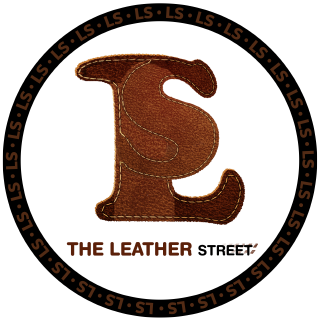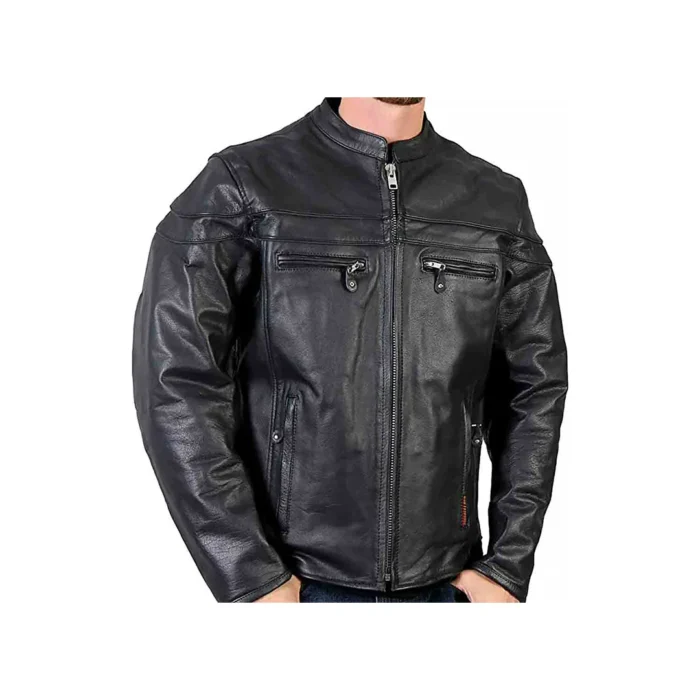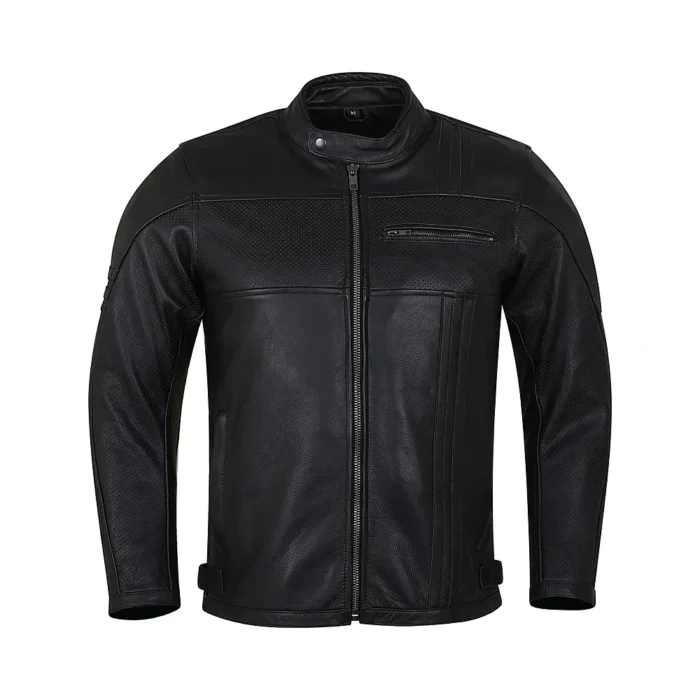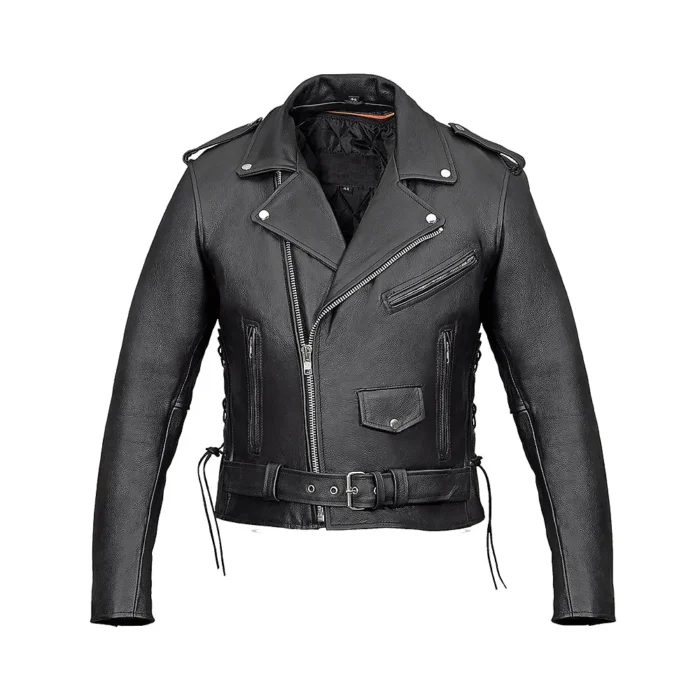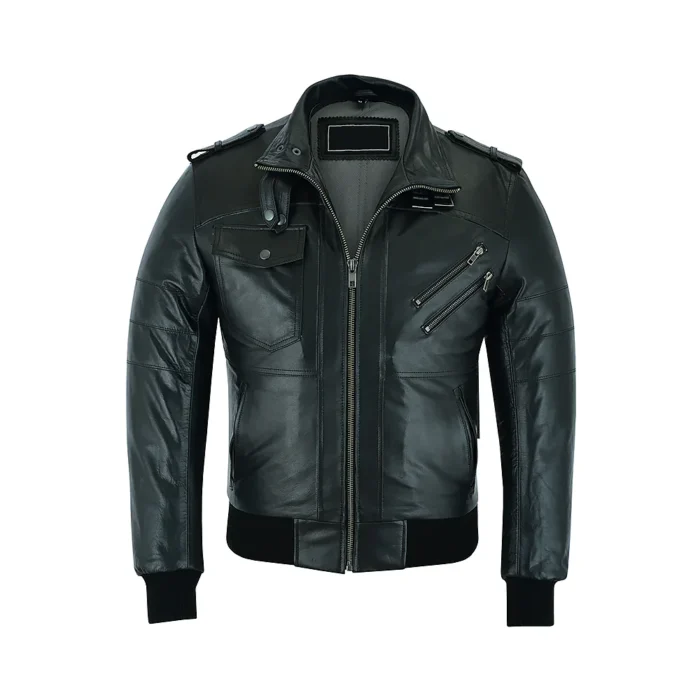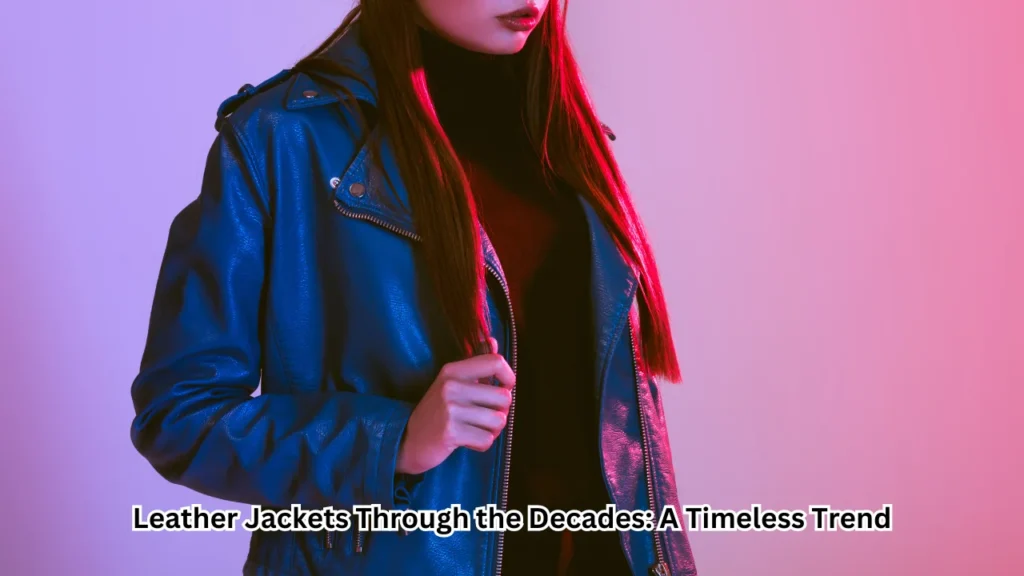
Leather Jackets Through the Decades: A Timeless Trend
The leather jacket, an emblem of enduring style and unyielding spirit, has woven its way through the fabric of fashion history, evolving from military utilitarianism to a mainstay of modern wardrobes worldwide. Its journey is a testament to adaptability, mirroring the shifting currents of societal change and cultural expression over the decades. From the open cockpits of World War I to the vibrant streets of contemporary California, the leather jacket has become more than just a piece of clothing—it has transformed into a symbol of rebellion, identity, and timeless cool. This exploration delves into the leather street storied past, its iconic moments in Hollywood, its resonance with counter-cultures and rock ‘n’ roll, its transition into mainstream pop culture, and its resurgence in the age of vintage revival and sustainable fashion. Through each epoch, the leather jacket has retained its allure, continually reinvented while remaining unmistakably iconic.
The Early Years: Military Beginnings and Aviator Chic (1920s-1930s):
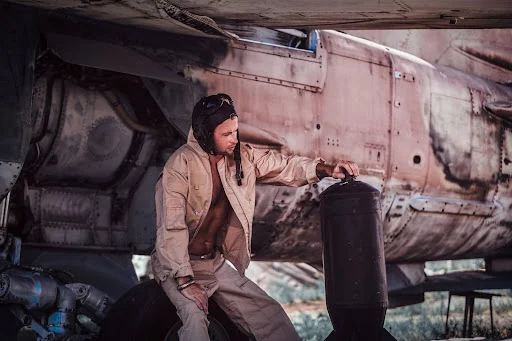
The journey of the leather jacket into the annals of fashion history commenced in the early 20th century, deeply rooted in the milieu of military utility and the burgeoning era of aviation. Its inception was born out of necessity, as aviators braved the open cockpits of World War I biplanes, confronting the biting chill and tempestuous weather at high altitudes. This period marked the transition of leather jackets from practical military gear to iconic elements of style, laying the groundwork for their enduring appeal.
Military Beginnings
The genesis of the leather jacket is inextricably linked to the military, specifically designed to meet the demands of early aviators and the harsh conditions they faced. The exigencies of aerial combat and reconnaissance missions necessitated outerwear that could withstand cold temperatures and wind while offering flexibility and durability. Leather, with its natural resistance to wind and ability to retain warmth, emerged as the ideal material for these jackets. Thus, the first iterations of leather flight jackets were crafted, characterized by their heavy-duty construction, high collars, and snug cuffs and waistbands, all designed to insulate pilots from the cold.
The Advent of Aviator Chic
The 1920s and 1930s witnessed the rise of the leather flight jacket as a symbol of aviator chic. As aviation technology advanced and pilots achieved celebrity status for their daring feats, the leather jacket became emblematic of the adventurous spirit and heroism associated with early flight. The most iconic of these early flight jackets, the A-2, was introduced by the U.S. Army Air Corps in the 1930s. Its design featured a snap-flap patch pocket, a stand-up collar with snap closure, and ribbed cuffs and hem, crafted from high-quality leather. The A-2 jacket, with its distinct silhouette and functional elegance, quickly became a coveted item among aviators, symbolizing their elite status and the bravery of their profession.
The 1950s: Hollywood’s Rebel Without a Cause:
The 1950s marked a pivotal era in the cultural and fashion landscape of America, significantly influenced by the film industry. Hollywood’s portrayal of leather jackets transformed them from military and aviation attire into symbols of rebellion, youth culture, and coolness. This transformation was largely catalyzed by the film “Rebel Without a Cause” and the iconic figures of the era who donned leather jackets, forever altering their perception in the public eye.
Hollywood and the Birth of an Icon
In 1955, “Rebel Without a Cause” starred James Dean as Jim Stark, a troubled teenager navigating the complexities of adolescence. Although Dean’s character didn’t wear a leather jacket in the film, his real-life persona and style off-screen, often featuring a classic leather jacket, contributed significantly to the garment’s burgeoning reputation as a symbol of youthful defiance and nonconformity. Dean’s tragic and untimely death further solidified his status as a cultural icon, immortalizing his image and the leather jacket as emblems of a misunderstood youth seeking identity and purpose.
Marlon Brando and “The Wild One”
Prior to James Dean’s impact, Marlon Brando’s role in the 1953 film “The Wild One” had already set the stage for the leather jacket’s association with rebellion. Brando portrayed Johnny Strabler, the leader of a motorcycle gang, wearing a Schott Perfecto leather jacket. His portrayal exuded an air of defiance and rugged individualism that resonated with the youth of the era. The film, despite its controversial reception, played a crucial role in embedding the leather jacket within the lexicon of American youth culture as a symbol of rebellion against societal norms and expectations.
The 1960s and 1970s: Counter-Culture and Rock ‘n’ Roll:
The 1960s and 1970s represented a seismic shift in societal values, marked by the rise of counterculture movements and the explosive influence of rock ‘n’ roll music. During these transformative decades, the leather jacket continued its evolution from a symbol of youthful rebellion to an emblem of counter-cultural identity and musical defiance. The garment became intertwined with the era’s social upheavals, anti-establishment sentiments, and the vibrant rock music scene, further cementing its status in the pantheon of iconic fashion pieces.
The 1960s: The Counterculture Movement
The 1960s were characterized by profound social and political changes, with the counterculture movement challenging the status quo and advocating for peace, love, and freedom. Amid this backdrop, the leather jacket found new resonance as a garment of choice for those who identified with the movement’s ideals. It was adopted by artists, musicians, and activists as a sign of solidarity and resistance, a nonverbal statement of their break from mainstream norms and conventions.
Rock ‘n’ Roll Rebels
The leather jacket’s association with rock ‘n’ roll was solidified in the 1960s, as the genre itself became a powerful vehicle for expressing counter-cultural ideas. Icons of the era, such as The Beatles, The Rolling Stones, and Jimi Hendrix, were often seen donning leather jackets, reinforcing the link between the garment and the rebellious spirit of rock music. These musicians not only influenced musical tastes but also inspired fashion trends, with their leather-clad appearances symbolizing a break from traditionalism and an embrace of individuality and creative expression.
The 1980s and 1990s: From Punk to Pop Culture:
The 1980s and 1990s saw the leather jacket seamlessly transition from its association with punk and rock subcultures to a broader embrace within mainstream pop culture. This period marked a significant evolution in the leather jacket’s journey, showcasing its versatility and enduring appeal across different music genres, fashion trends, and cultural movements. The leather jacket, once a symbol of rebellion, became an iconic staple in the wardrobes of the wider public, influenced by a mix of music icons, Hollywood films, and emerging fashion trends.
The 1980s: Diversification and Mainstream Appeal
In the 1980s, the leather jacket continued to embody the spirit of rebellion but also began to diversify in style and influence. As music television, particularly MTV, exploded in popularity, it became a pivotal platform for artists to showcase not only their music but their fashion sense. Icons like Michael Jackson and Madonna wore leather jackets, integrating them into their unique, highly influential styles. Michael Jackson’s red leather jacket in the “Thriller” music video became one of the most iconic pieces of pop culture of the decade, blending music, fashion, and film into a single emblematic garment.
The decade also saw the emergence of heavy metal and glam rock bands, whose members often donned leather jackets adorned with studs, patches, and elaborate designs, reinforcing the jacket’s association with music subcultures. Yet, simultaneously, the leather jacket began to be adopted by a wider audience, transcending its rebellious roots to become a symbol of coolness and style in the mainstream.
The 1990s: Grunge and High Fashion
The 1990s introduced the grunge movement, with bands like Nirvana and Pearl Jam leading the charge. The leather jacket seamlessly fit into the grunge aesthetic, symbolizing a disaffected youth culture that was both rebellious and introspective. Leather jackets worn by grunge musicians were often paired with flannel shirts and distressed jeans, a stark contrast to the more polished and styled appearances of the 1980s music icons.
Simultaneously, the fashion world began to embrace the leather jacket with renewed interest. High fashion designers integrated leather jackets into their collections, reimagining them in various forms, from sleek and minimalist to avant-garde and embellished. This period saw the leather jacket elevated from streetwear to high fashion, showcased on runways and in fashion magazines as a versatile and chic garment.
The 2000s to Present: A Resurgence of Vintage and Sustainable Fashion:
The journey of the leather jacket from the early 20th century through the rebellious 60s and 70s, the eclectic 80s, and the grunge-infused 90s, brings us to the 2000s and beyond, where it continues to evolve and adapt. In recent years, we’ve witnessed a fascinating resurgence of vintage fashion alongside a growing emphasis on sustainability. This era is marked by a collective longing for the authenticity of bygone styles, coupled with a conscientious approach to fashion consumption that prioritizes environmental and ethical considerations.
The Rise of Sustainable Fashion
Parallel to the vintage revival, the 2000s and beyond have seen an unprecedented rise in the sustainability movement within the fashion industry. As awareness of the environmental impact of fashion production and consumption grows, consumers are increasingly seeking out sustainable options. The leather jacket, traditionally crafted from animal hides and associated with resource-intensive production processes, has come under scrutiny.
In response, designers and brands have begun to explore sustainable alternatives to traditional leather, including plant-based materials like mushroom leather, pineapple leather (Piñatex), and lab-grown leather. These innovations not only address the ethical and environmental concerns associated with animal leather but also offer new possibilities for the design and texture of leather jackets, aligning with the modern consumer’s values without compromising on style.
The Influence of Social Media and Celebrity Culture
Social media has dramatically influenced fashion trends in the 2000s, with platforms like Instagram and Pinterest becoming virtual runways for showcasing personal style. Leather jackets, styled in myriad ways by influencers, celebrities, and everyday fashion enthusiasts, have benefitted from this exposure. The digital age has allowed for the democratization of fashion, where a well-styled leather jacket post can inspire global trends and revive interest in specific styles or eras.
Celebrities continue to play a pivotal role in popularizing leather jackets, with modern icons integrating them into their signature looks. The visibility provided by social media means that a leather jacket worn by a popular figure can instantly become a must-have item, underscoring the garment’s continued relevance in pop culture and fashion.
California’s Influence: Setting the Trend in Leather Jackets:
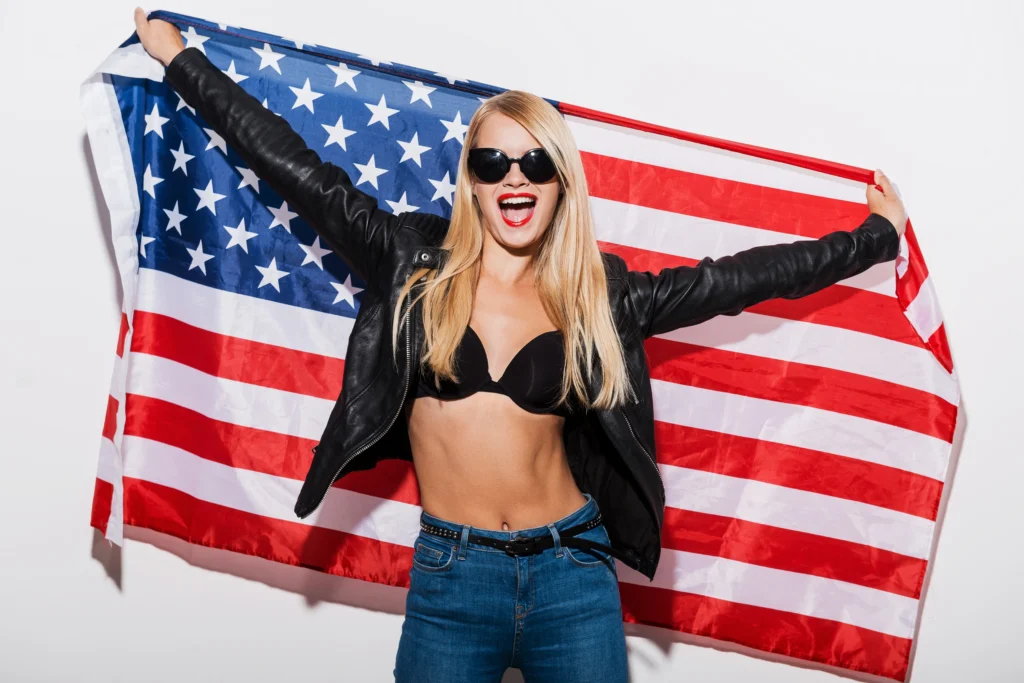
California’s influence on fashion, particularly in the domain of leather jackets, cannot be overstated. Known for its laid-back lifestyle, cultural diversity, and trend-setting fashion scene, the Golden State has played a pivotal role in shaping how leather jackets are styled, perceived, and integrated into everyday wear both within the USA and globally. California’s unique blend of casual chic, rebellious spirit, and innovative fashion sensibilities has contributed to the leather jacket’s evolution from a symbol of counter-culture to a staple of contemporary style.
The Laid-Back California Lifestyle
The essence of California’s laid-back lifestyle is reflected in its approach to fashion, where comfort meets style in a seemingly effortless manner. This ethos extends to the styling of leather jackets, which are often paired with casual basics like denim jeans, simple tees, or flowy dresses, creating looks that are both approachable and stylish. The ability of Californians to dress down a leather jacket, making it suitable for a wide range of occasions, from a beachside stroll to a night out in the city, exemplifies the state’s influence on redefining the garment’s versatility.
Hollywood and Celebrity Influence
Hollywood, the heart of the entertainment industry and located in California, has long been a significant driver of fashion trends, including those involving leather jackets. Celebrities, often photographed in their off-duty moments or seen wearing leather jackets in films and on television, play a crucial role in popularizing the garment. The visibility and global reach of Hollywood ensure that styles adopted by celebrities quickly gain traction, with the leather jacket being no exception. This celebrity endorsement reinforces the leather jacket’s status as a timeless and versatile piece, capable of transcending genres and occasions.
Conclusion:
The leather jacket’s odyssey from the early 20th century to the present day reflects a remarkable evolution, characterized by its intrinsic link to cultural milestones and its ability to embody the zeitgeist of each passing era. As it adapted to the changing tides of fashion, the leather jacket has proved to be more than a transient trend; it is a timeless emblem of style that transcends generations. Today, as we stand at the intersection of a vintage revival and a push towards sustainability, the leather jacket remains a potent symbol of individualism and eco-conscious fashion. California’s influence and the indelible mark of celebrity culture have further cemented its status, ensuring the leather jacket’s place in the pantheon of fashion must-haves. As we look to the future, the leather jacket continues to inspire, a testament to its enduring appeal and its capacity to evolve while staying true to its rebellious roots.
-
$499.99$329.99 -
$559.99$349.99 -
$549.99$329.99 -
$549.99$329.99
